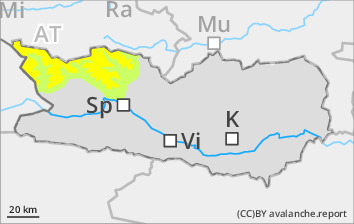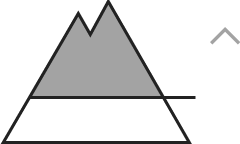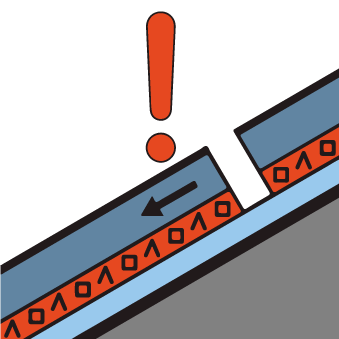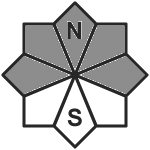
Danger level
 | 2600m |
|  |
|  |

Evaluate with caution: persistent weak layer.
The hardened snowdrift accumulations of recent days can be triggered generally by large additional loading on steep W/N/SE facing slopes above 2400m. One single skier can trigger them only in isolated cases. Danger zones occur particularly in gullies, bowls and behind protruberances in the landscape. Avalanches can fracture down to more deeply embedded layers inside the snowpack on shady slopes in particular, and then grow to medium size. Size and frequency of danger zones tend to increase with ascending altitude.
On extremely steep sunny slopes, isolated generally small-sized loose-snow avalanches can be expected due to daytime warming and solar radiation.
Snowpack
dp.1: deep persistent weak layer
The hardened snowdrifts from the last few days now blanket a weak old snowpack surface above 2600m on W/N/SE facing slopes. The various snowdrifts are often still poorly bonded with each other and with the old snowpack. Inside the old snowpack there are expansively metamosphosed, faceted crystals, particularly on shady wind-protected slopes.
The snowpack is highly irregular, even over small areas. At all altitudes there is too little snow on the ground for this juncture of the season.
Tendency
Avalanche danger levels are not expected to change significantly.



